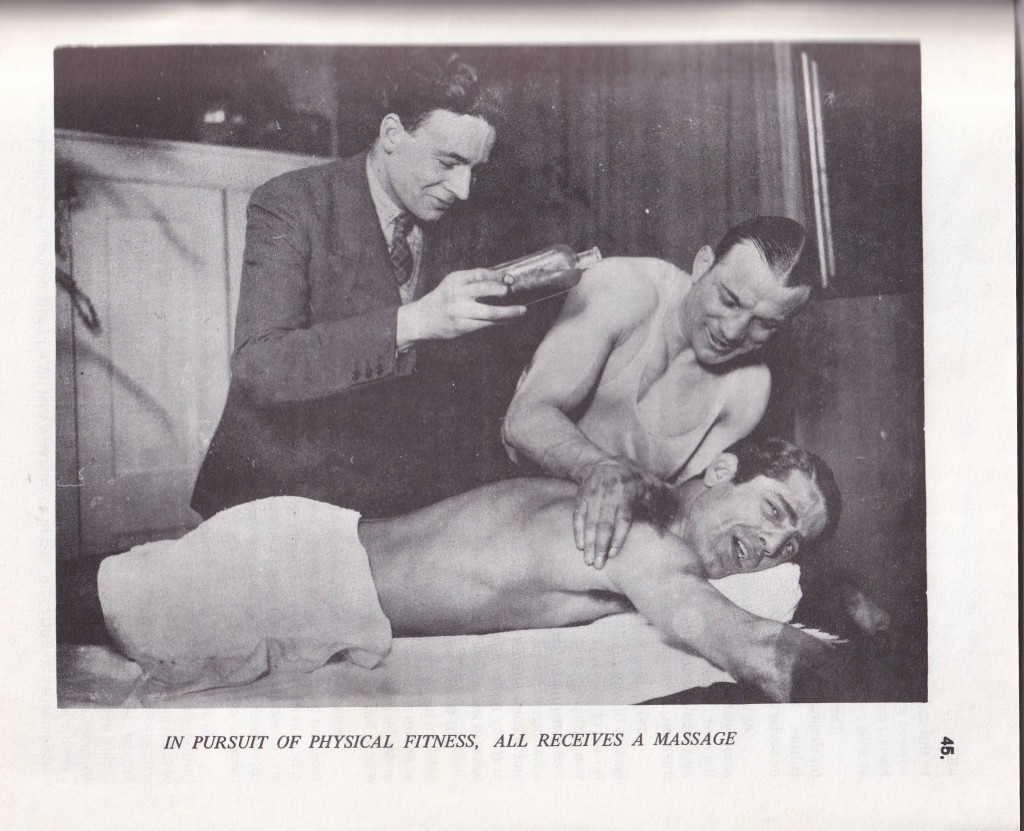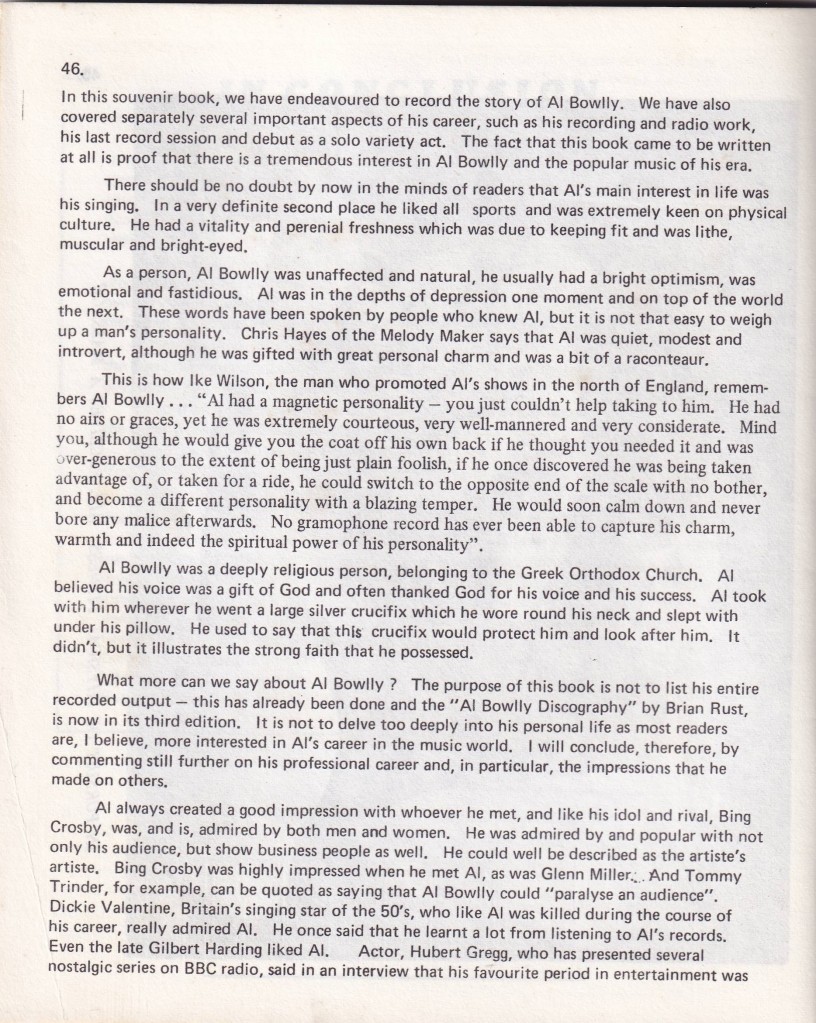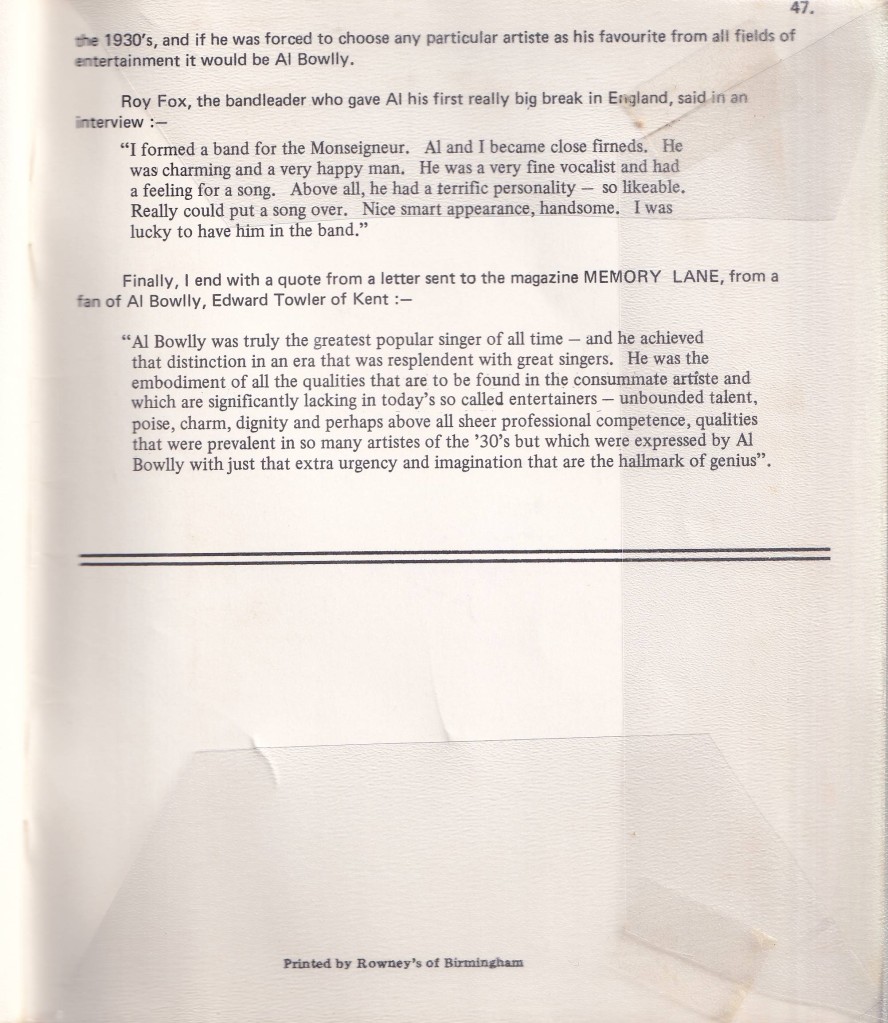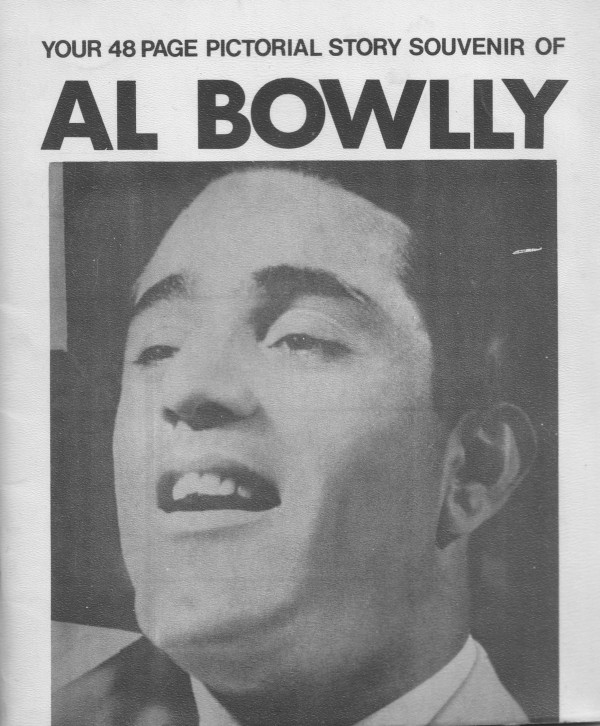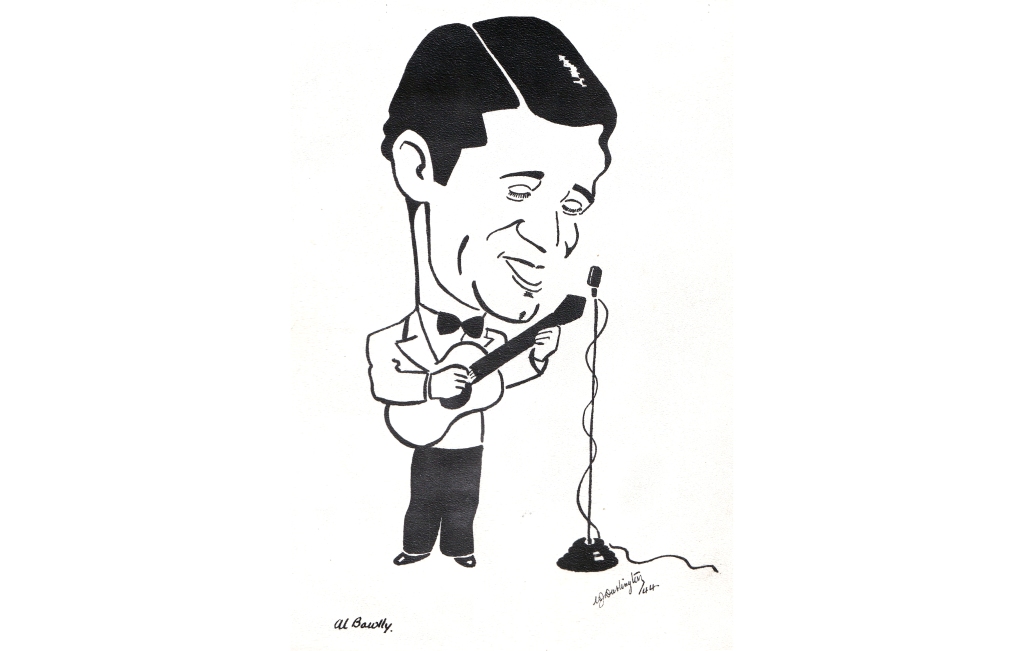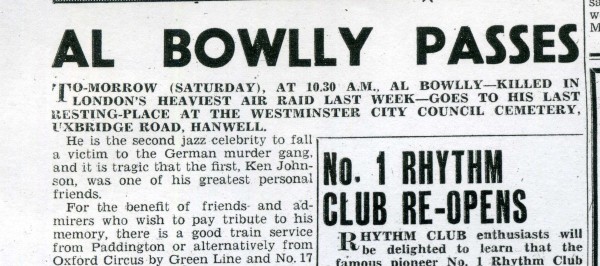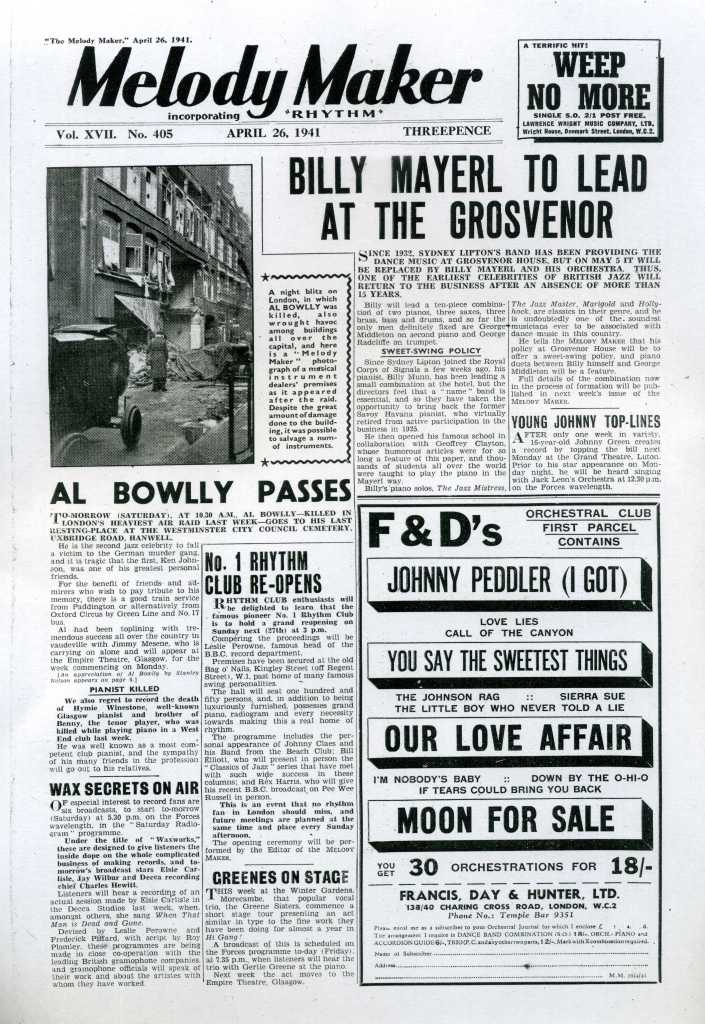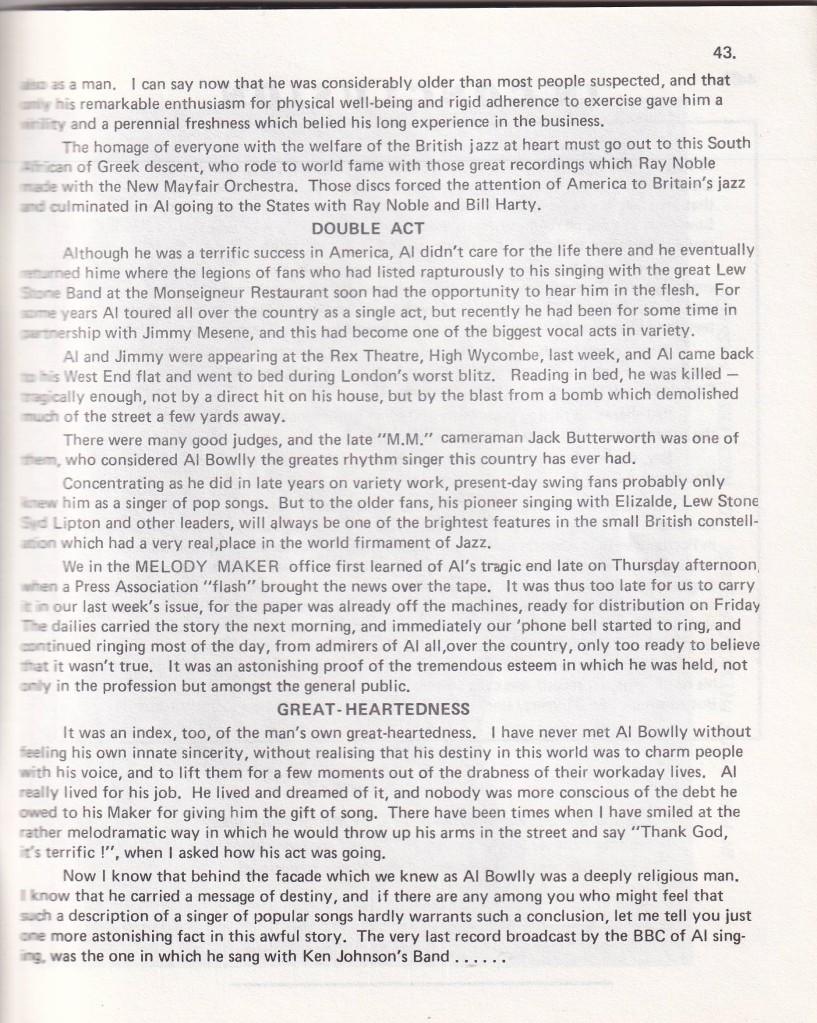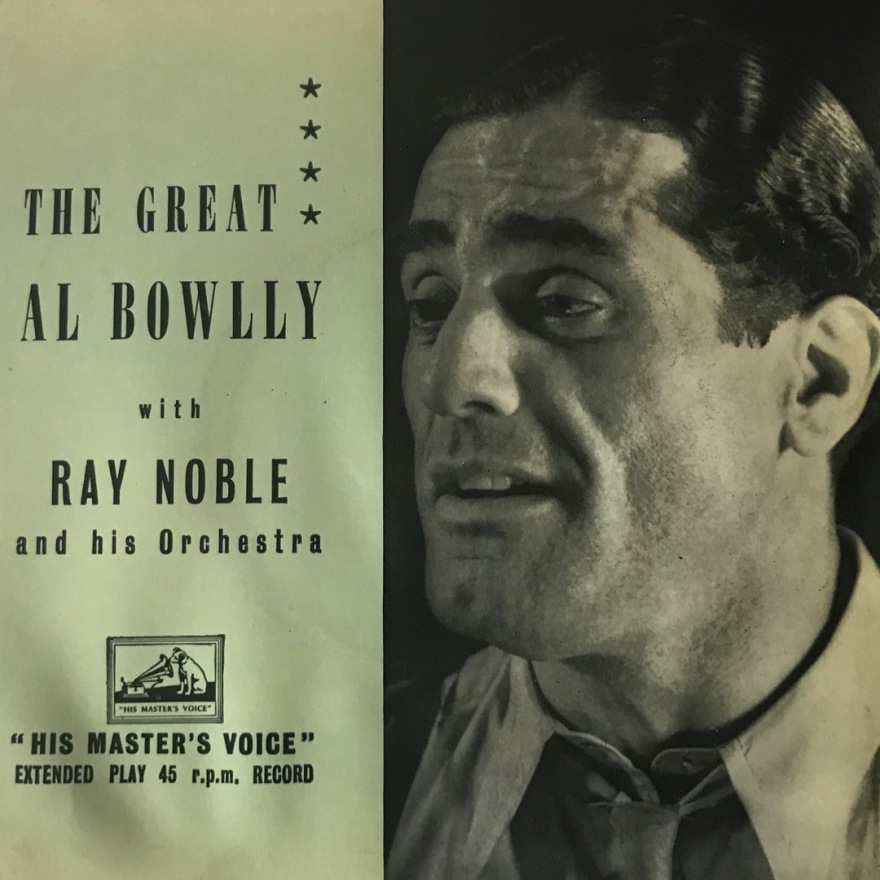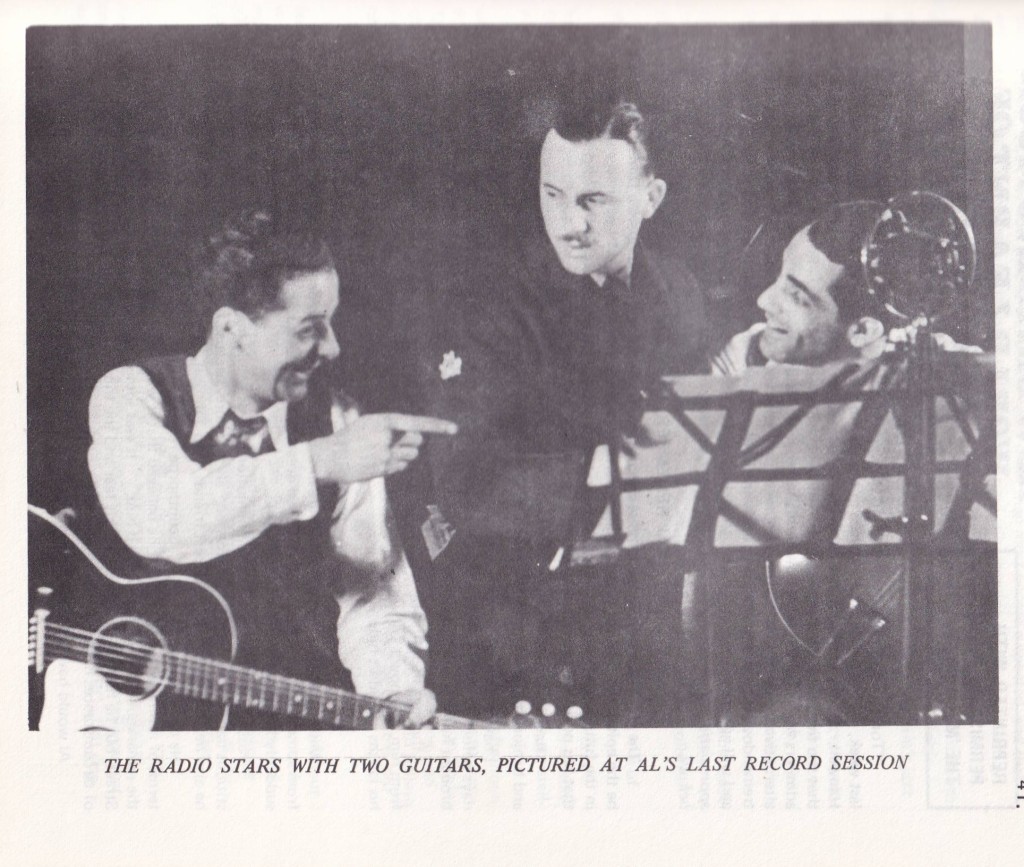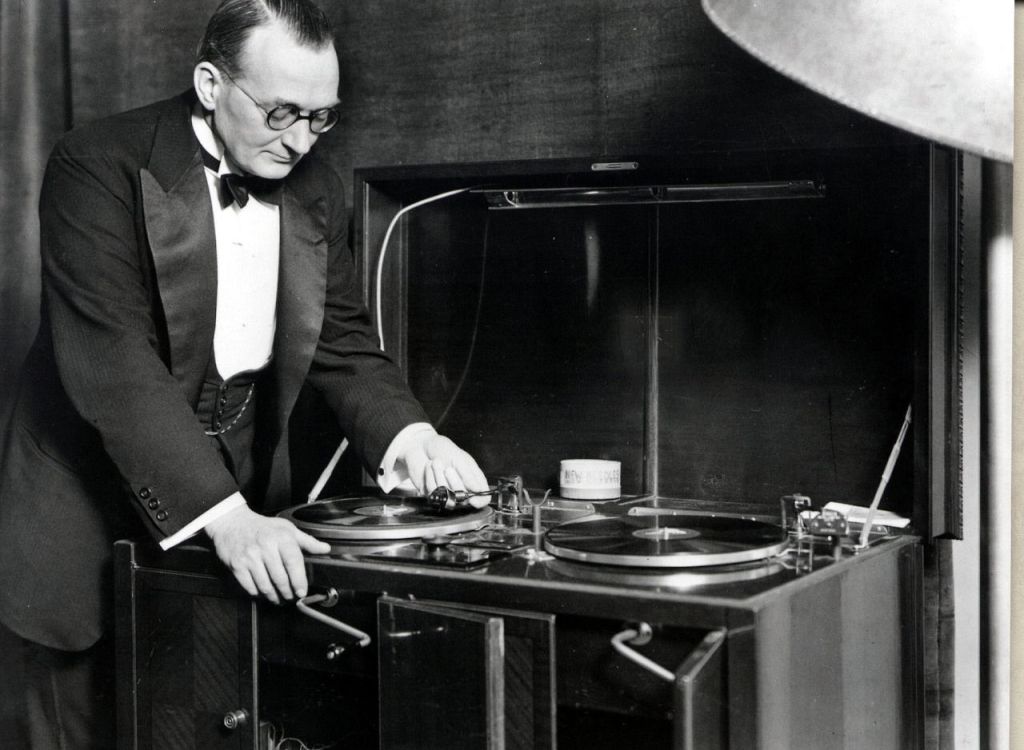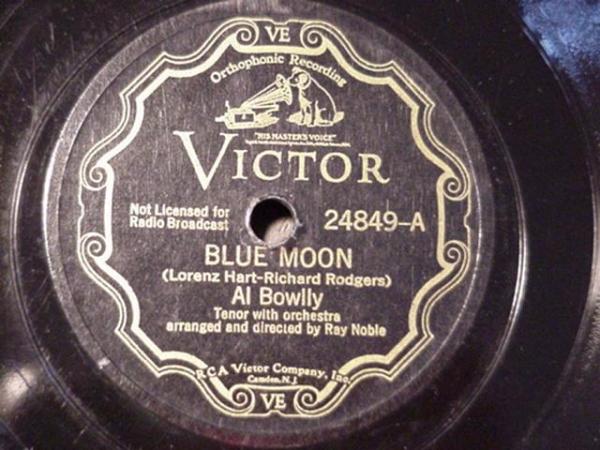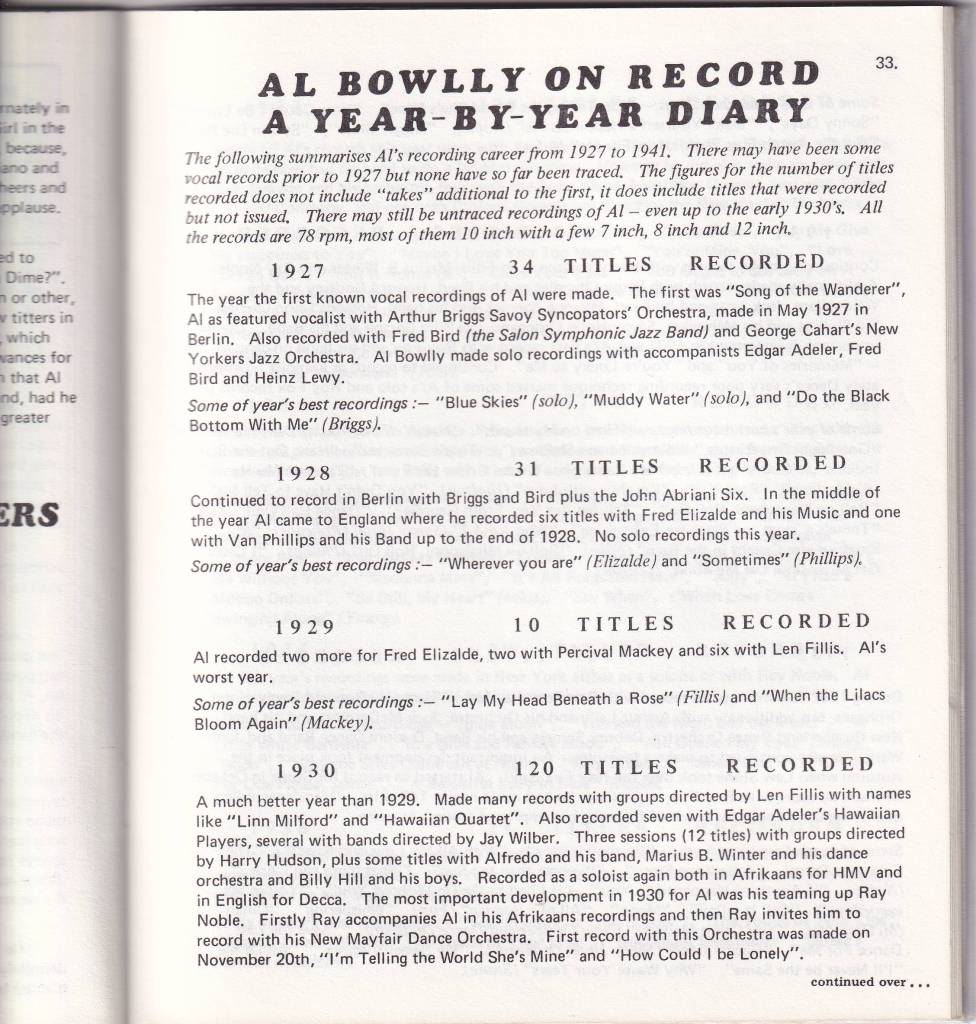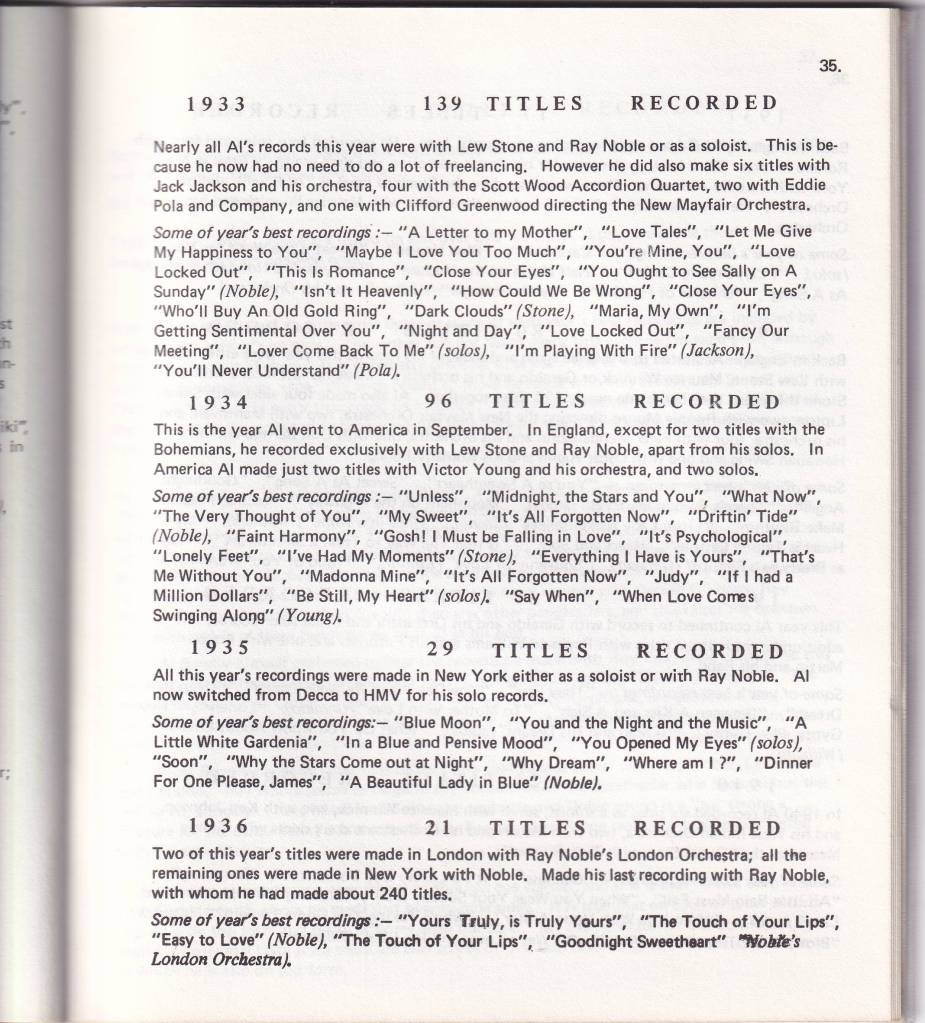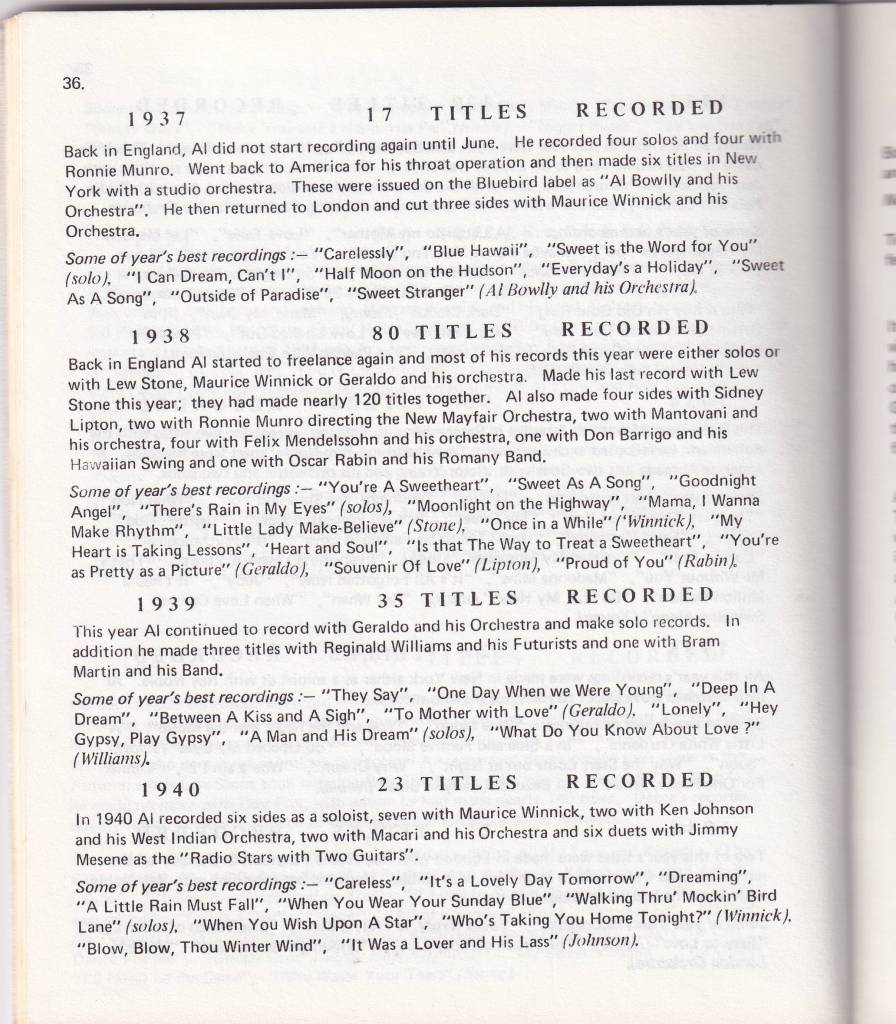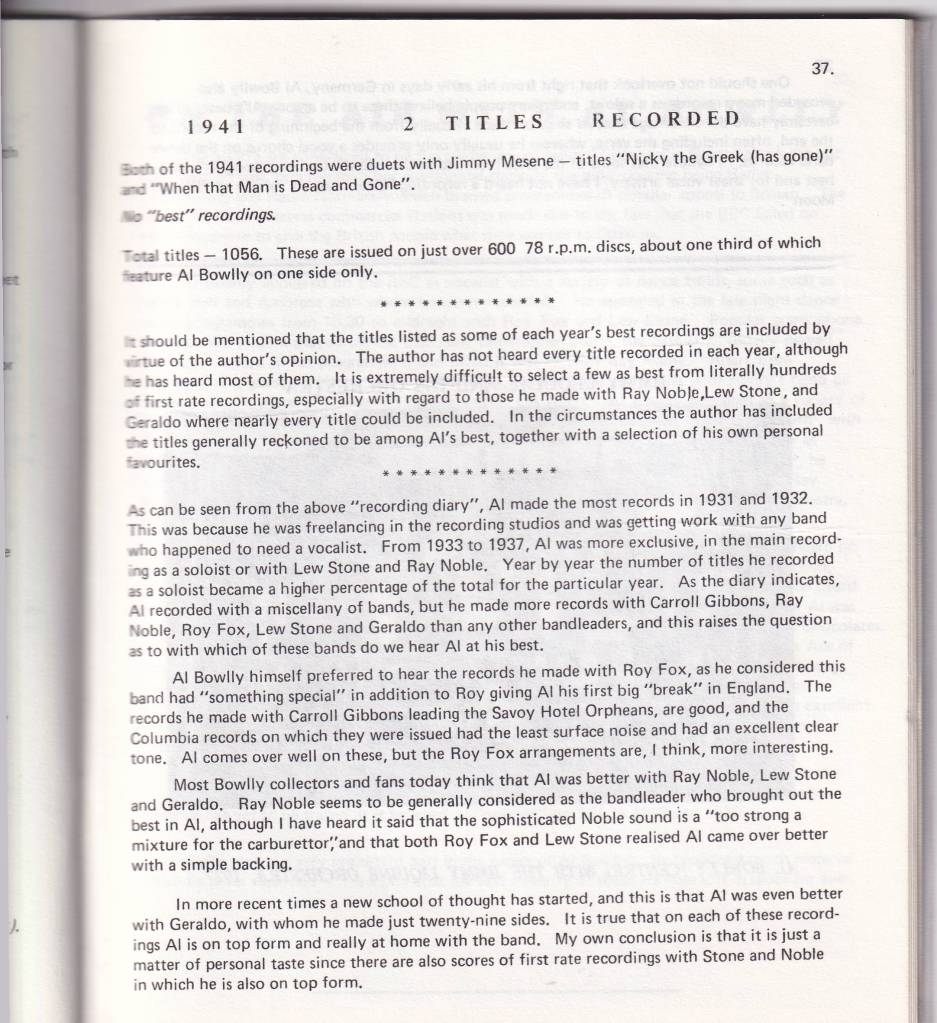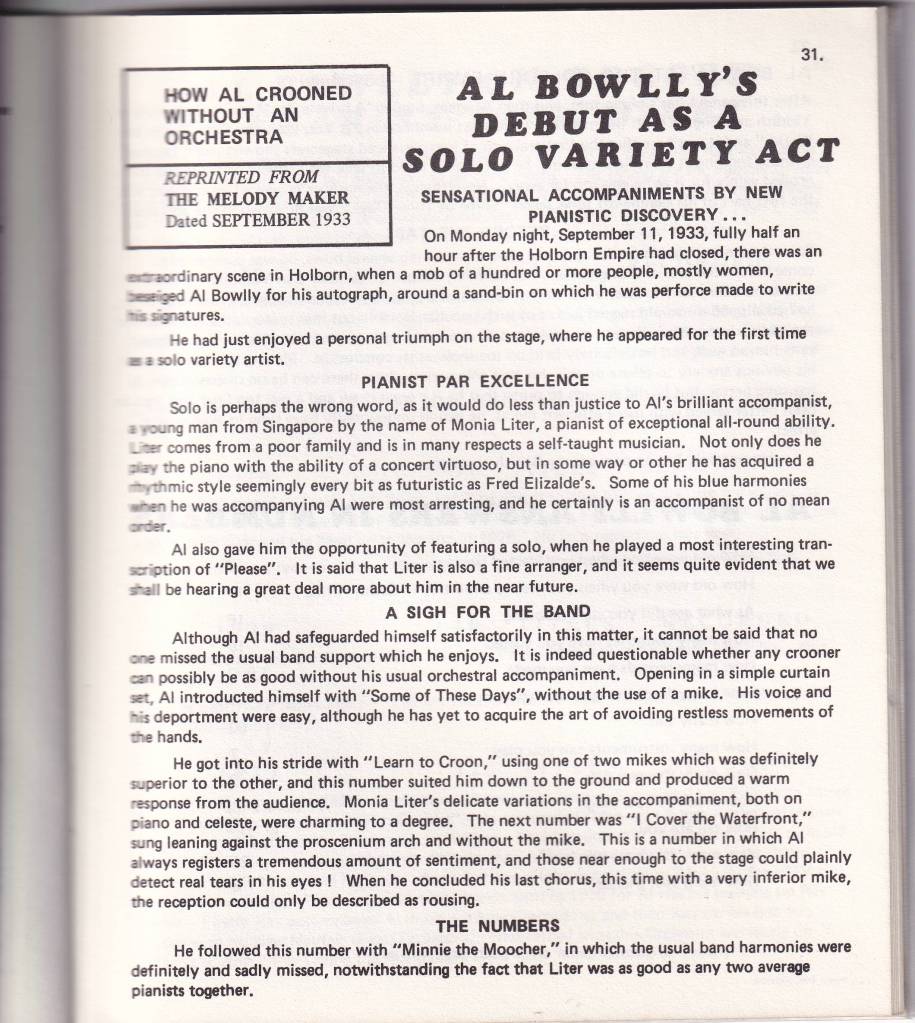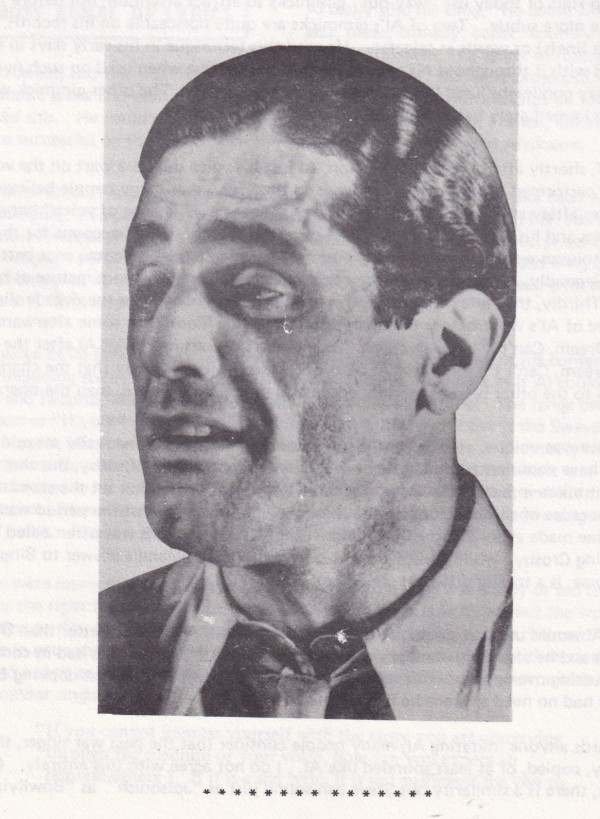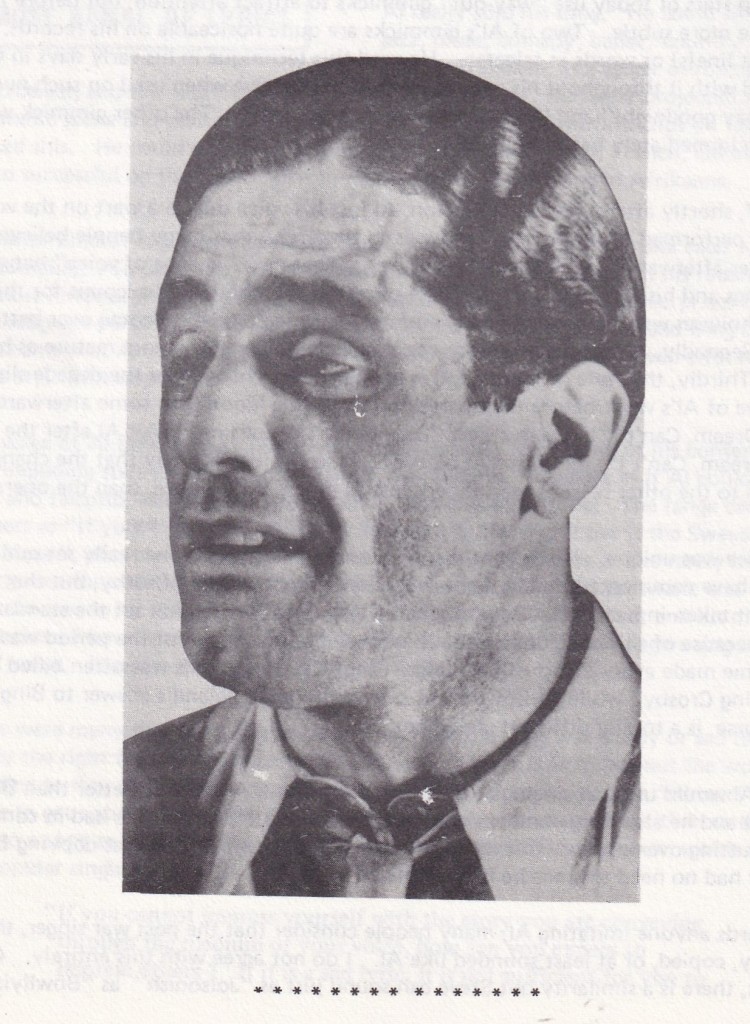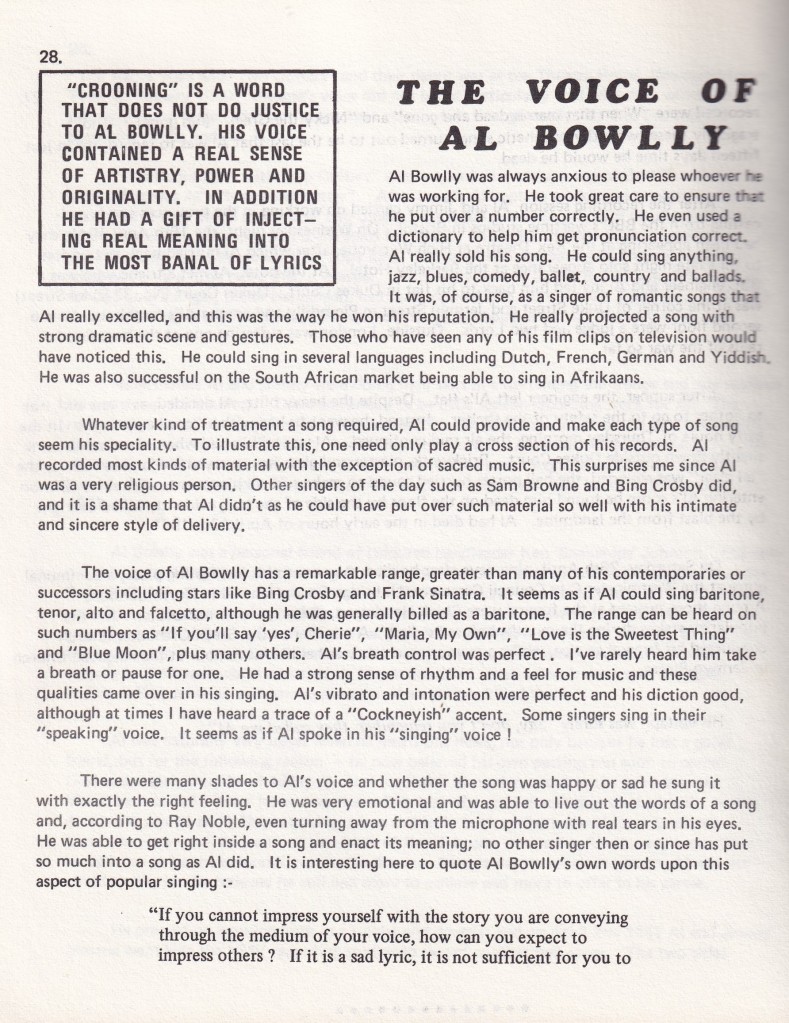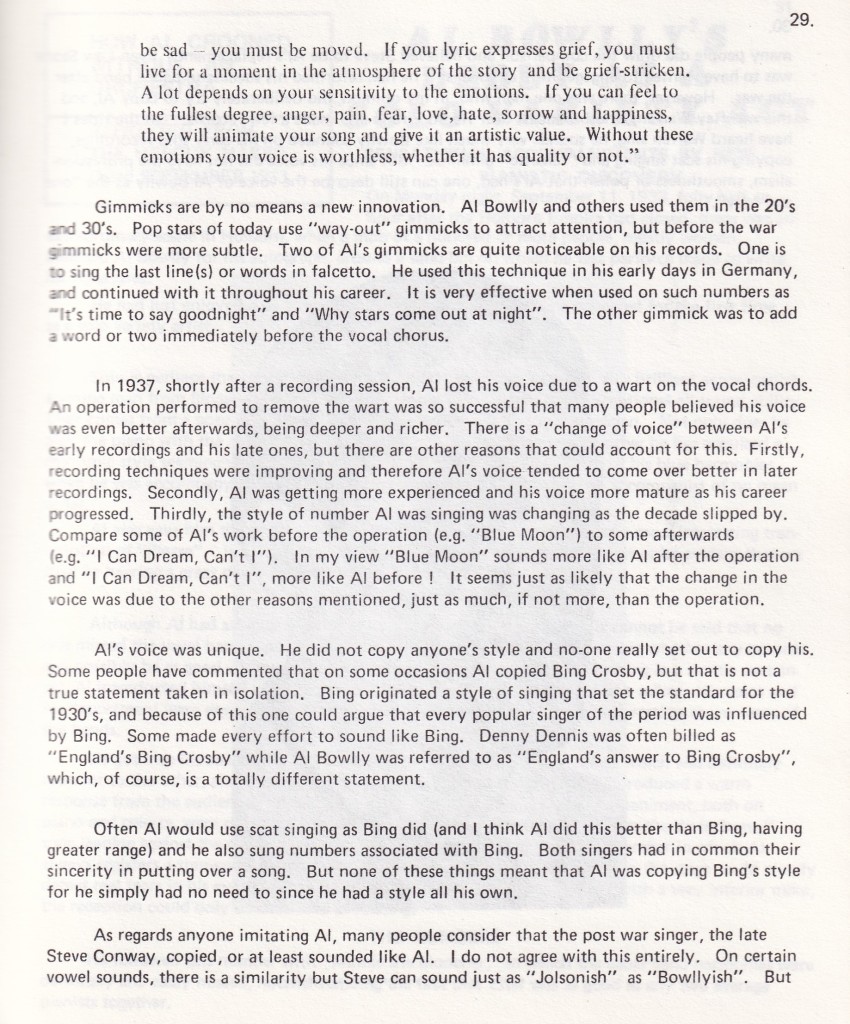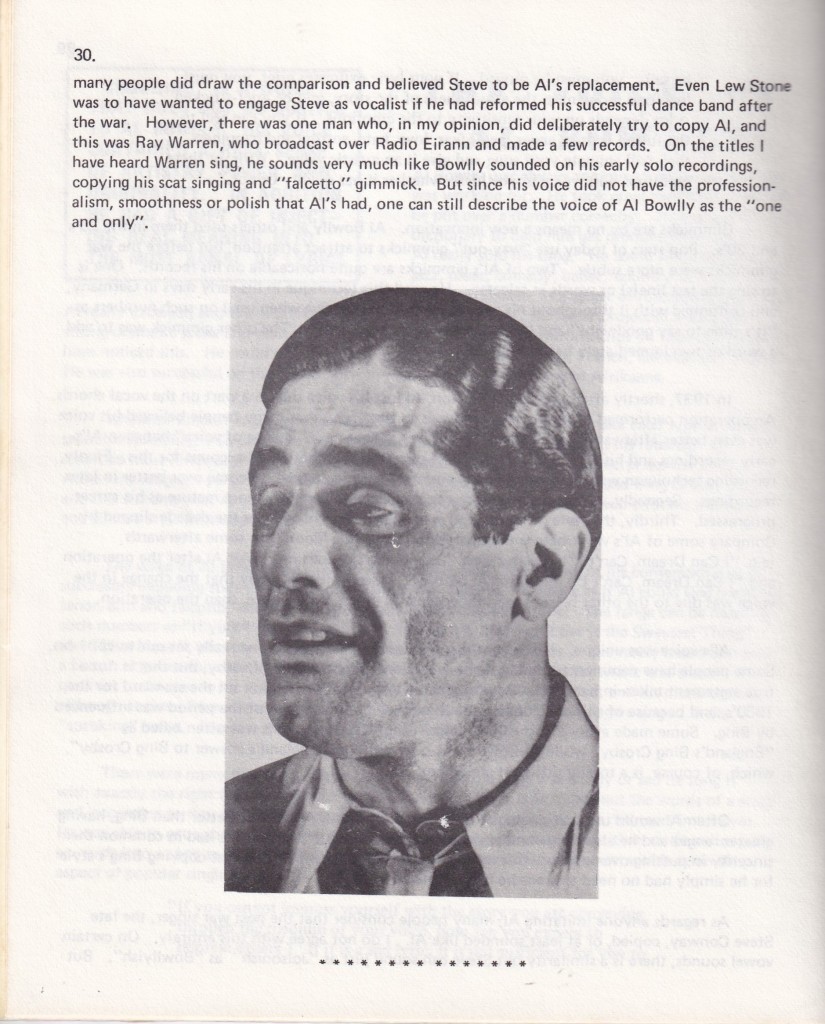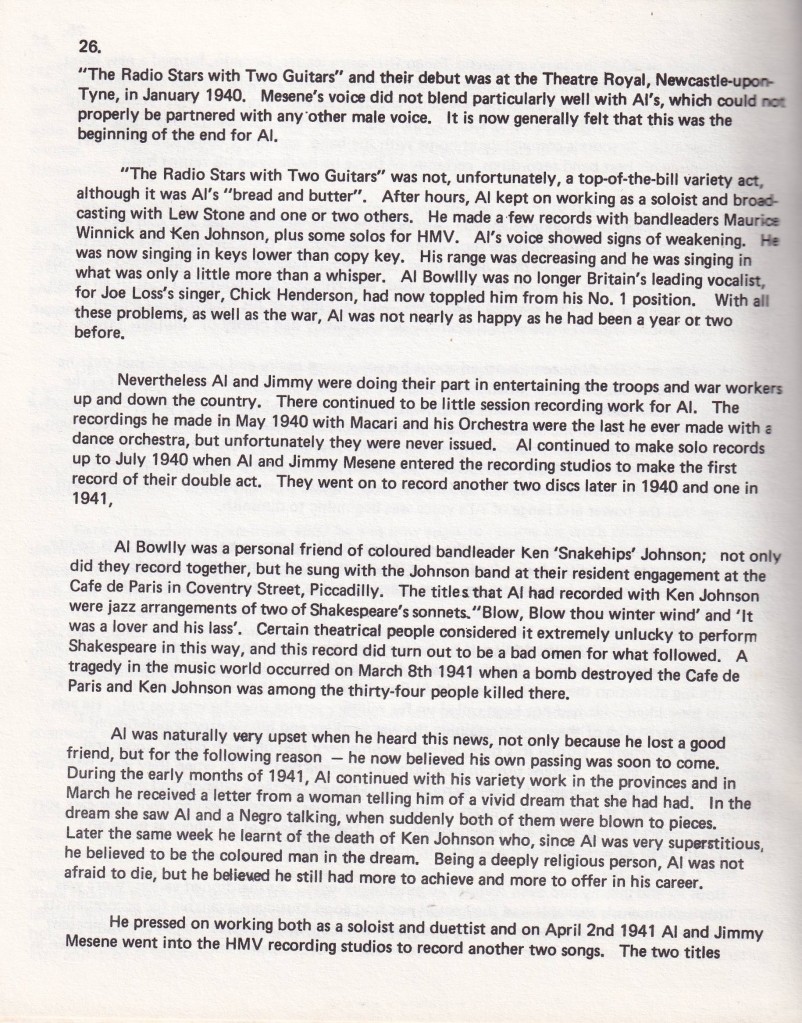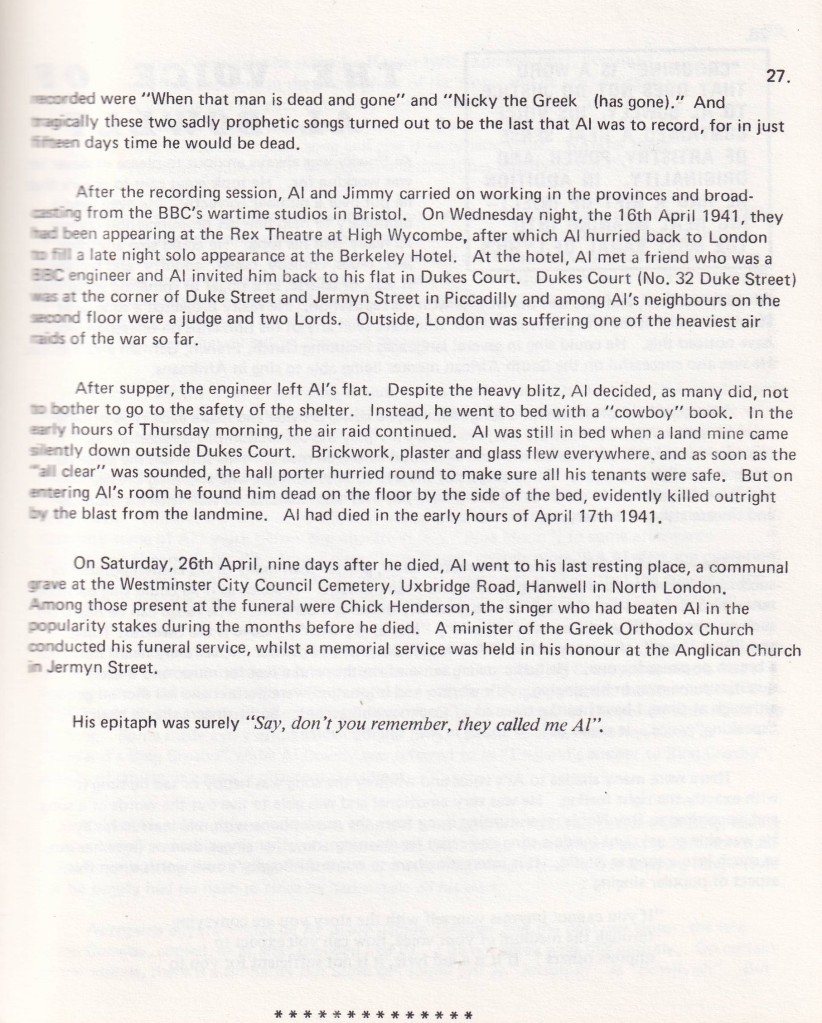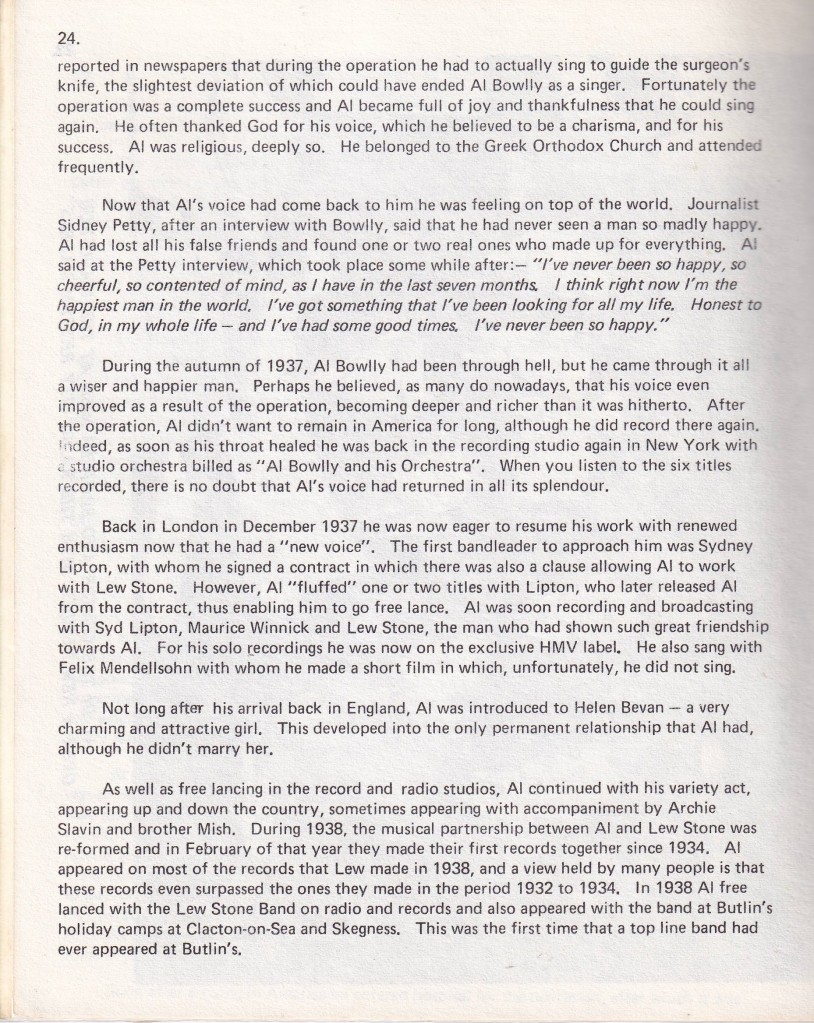Ray Pallett – April 1975
In this souvenir book, we have endeavoured to record the story of Al BowIly. We have also covered separately several important aspects of his career, such as his recording and radio work, his last record session and debut as a solo variety act. The fact that this book came to be written at all is proof that there is a tremendous interest in Al Bowlly and the popular music of his era. There should be no doubt by now in the minds of readers that Al’s main interest in life was his singing. In a very definite second place he liked all sports and was extremely keen on physical culture. He had a vitality and perenial freshness which was due to keeping fit and was lithe, muscular and bright-eyed.
As a person, Al Bowlly was unaffected and natural, he usually had a bright optimism, was emotional and fastidious. Al was in the depths of depression one moment and on top of the world the next. These words have been spoken by people who knew Al, but it is not that easy to weigh up a man’s personality. Chris Hayes of the Melody Maker says that Al was quiet, modest and introvert, although he was gifted with great personal charm and was a bit of a raconteur. This is how Ike Wilson, the man who promoted Al’s shows in the north of England, remembers Al Bowlly … “Al had a magnetic personality — you just couldn’t help taking to him. He had no airs or graces, yet he was extremely courteous, very well-mannered and very considerate. Mind you, although he would give you the coat off his own back if he thought you needed it and was very generous to the extent of being just plain foolish, if he once discovered he was being taken advantage of, or taken for a ride, he could switch to the opposite end of the scale with no bother, and become a different personality with a blazing temper. He would soon calm down and never bore any malice afterwards. No gramophone record has ever been able to capture his charm, warmth and indeed the spiritual power of his personality”.
Al Bowlly was a deeply religious person, belonging to the Greek Orthodox Church. Al believed his voice was a gift of God and often thanked God for his voice and his success. Al took with him wherever he went a large silver crucifix which he wore round his neck and slept with under his pillow. He used to say that this crucifix would protect him and look after him. It didn’t, but it illustrates the strong faith that he possessed. What more can we say about Al Bowlly ? The purpose of this book is not to list his entire recorded output — this has already been done and the “Al Bowlly Discography” by Brian Rust, is now in its third edition. It is not to delve too deeply into his personal life as most readers are, I believe, more interested in Al’s career in the music world. I will conclude, therefore, by commenting still further on his professional career and, in particular, the impressions that he made on others. Al always created a good impression with whoever he met, and like his idol and rival, Bing Crosby, was, and is, admired by both men and women.
He was admired by and popular with not only his audience, but show business people as well. He could well be described as the artiste’s artiste. Bing Crosby was highly impressed when he met Al, as was Glenn Miller.:.. And Tommy Trinder, for example, can be quoted as saying that Al Bowlly could “paralyse an audience”. Dickie Valentine, Britain’s singing star of the 50’s, who like Al was killed during the course of his career, really admired Al. He once said that he learnt a lot from listening to Al’s records. Even the late Gilbert Harding liked Al. Actor, Hubert Gregg, who has presented several nostalgic series on BBC radio, said in an interview that his favourite period in entertainment was the 1930’s, and if he was forced to choose any particular artiste as his favourite from all fields of entertainment it would be Al Bowlly.
Roy Fox, the bandleader who gave Al his first really big break in England, said in an interview :—”I formed a band for the Monseigneur. Al and I became close friends. He was charming and a very happy man. He was a very fine vocalist and had a feeling for a song. Above all, he had a terrific personality — so likeable. Really could put a song over. Nice smart appearance, handsome. I was lucky to have him in the band.
Finally, I end with a quote from a letter sent to the magazine MEMORY LANE, from a fan of Al Bowlly, Edward Towler of Kent :—
“Al Bowlly was truly the greatest popular singer of all time, and he achieved that distinction in an era that was resplendent with great singers. He was the embodiment of all the qualities that are to be found in the consummate artiste and which are significantly lacking in today’s so called entertainers — unbounded talent, poise, charm, dignity and perhaps above all sheer professional competence, qualities that were prevalent in so many artistes of the ’30’s but which were expressed by Al Bowlly with just that extra urgency and imagination that are the hallmark of genius”.
